Simple Plan –
Living in Gallery with Nengah Sujena
Artist, work, space, momentum. Linked together in the Living in Gallery program, which is held by Komaneka Gallery. This month, Living in Gallery program presents Nengah Sujena, an artist who is known for his minimalist, simple, and quiet nuanced of work, who often presents images in the form of figures or objects with distinctive line characters on abackground of monochromatic color strokes that its poetic nuances are immediately felt when we looking at his paintings.
Responding to the Living in Gallery’s offer to paint in their space with total 24 hours at Komaneka Gallery, Nengah Sujena gave the title ‘Simple Plan’ for the exhibition of twenty-two works that were carried out over three days (8 hours per day). According to him, it represents a lot of things, starting from the visual ideas that show a minimalist feel to the work, raising themes which are also modest. Besides that, the pandemic with its various impacts that have hit us all for almost two years makes Sujena think and rethink the meaning of simplicity.
The process of working directly in the Komaneka Gallery second floor space, according to Sujena, gave him a special experience and newfound passion. He consciously emptied his mind not to bring any initial ideas before the residency and then completely let his ideas move and flow as soon as he entered the Komaneka Gallery. He observes the environment, absorbs the atmosphere, finds ideas, rethinks them and then puts those ideas into work. So his works are inspired by objects, events, and even his memories of the Gallery where he worked duaring those three days. First, objects such as palm trees that he encountered in Komaneka’s yard became the first inspiration he worked on during this process. Followed by other works inspired by plant pots and others.
The objects described by Sujena, which he described based on his observations of several objects he found around the Komaneka environment, were not presented by Sujena in the on-the-spot process. He does not simply copy the objective reality of three-dimensional objects or objects into a two-dimensional field. He sees the object, contemplates, and then processes his thoughts until his idea pours out of him, which may no longer be a visual copy of the objective reality but another reality that is processed from certain ideas. For example, the palm tree that he encountered at Komaneka was repainted with the appearance of an upside-down tree. Sujena wanted to present the other side of an object as well as becoming a metaphorical expression, insinuating that for him the function of art is a way of seeing and interpreting reality in a different way.
Meanwhile, in his other works, Sujena captures reality by presenting visual essential aspects of his environment and even events that occur during the process. Such as moments of rest between the three days he spent at the gallery which are sometimes interspersed with conversations with friends who come to visit him, and he paints the moment of the conversation in one of his works. Sujena did not paint an image of people talking, but instead he captures the moment through an abstract way; human figures change into four rectangular inclined planes that are composed to show the atmosphere of a dialogue. Rain, which he paints in another work, coincides with the Chinese New Year. He titled that painting ‘Red Rain’, depicting a lump of fields of clouds with red lines representing rain.
In addition to the objects and events that occurred during his time at Komaneka Gallery, Sujena’s memories of the space itself are also included in his works. Reminiscing of his solo exhibition which took place in 2017 at the same time as the eruption of Mount Agung are so imprinted on his memory. He poured those memories into a stretch of canvas with a gray background with the addition of red lines that form two triangular areas which represent the mountains. The traces left by him when he was painting at Komaneka also became the source of his creative ideas. Footprints with paint found the floor of Komaneka’s gallery was repainted on his canvas; he enlarged the footprints, depicting them with white lines showing strokes similar to fingerprints as his way of constructing the image of the soles of the feet while recording the traces that appear during the process. Not only objects, but events during the process are also the source of ideas for Sujena. He tries to depict the condition of his mind and psyche while painting in his works. During the three-day ‘residency’ sometimes moods, mental conditions and fatigue hit him, but all stagnant conditions are human. In this process, he actually makes these conditions a source of ideas. According to Sujena, this is his way of reminding himself to refocus.
These are some of the processes and works of Sujena in Komaneka’s Living Gallery program. What Sujena presents in this process shows how an artist interprets space, events and processes that occur in his works. Sujena celebrates a process, he consciously flows his ideas into space and time and the events that occur during those three days. He processes it intuitively in a visual way, but based on contemplation of objects, spaces, events and memories.
February 2022
I Made Susanta Dwitanaya
-

Alam (2022)
by I Nengah SujenaAcrylic on Plywood, 14.5 × 14.5 cm -
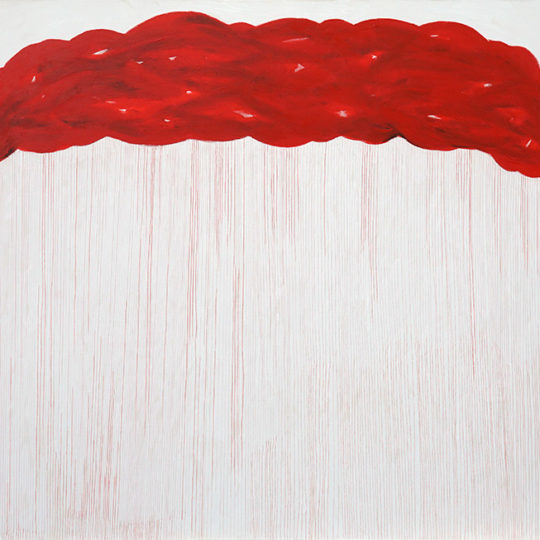
Hujan Merah (2022)
by I Nengah SujenaAcrylic on canvas, 145 × 200 cm -
 S o l d
S o l d Keseimbangan I (2022)
by I Nengah SujenaAcrylic on canvas, 60 × 100 cm -

Langit dan Bumi (2022)
by I Nengah SujenaAcrylic on canvas, 180 × 150 cm -

Kaptus (2022)
by I Nengah SujenaAcrylic on canvas, 140 × 100 cm -

Green House (2022)
by I Nengah SujenaAcrylic on canvas, 30 × 30 cm -
 S o l d
S o l d Vas Bunga #2 (2022)
by I Nengah SujenaAcrylic on canvas, 140 × 120 cm -
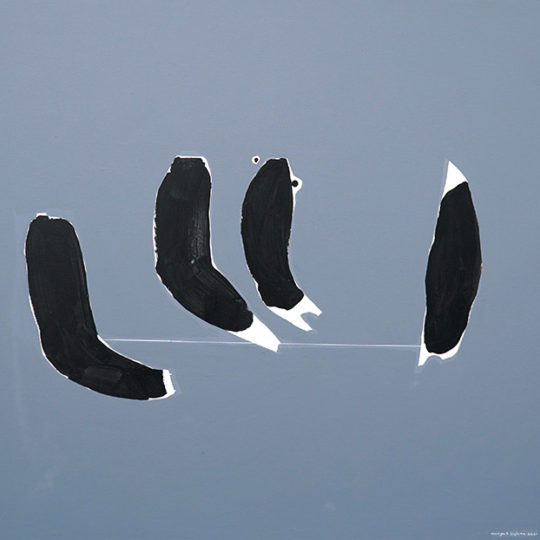
Dialog Sunyi (2022)
by I Nengah SujenaAcrylic on canvas, 120 × 140 cm -

Rumah Batu (2022)
by I Nengah SujenaAcrylic on canvas, 50 × 180 cm -

Batu Bertuah (2022)
by I Nengah SujenaAcrylic on canvas, 145 × 135 cm -
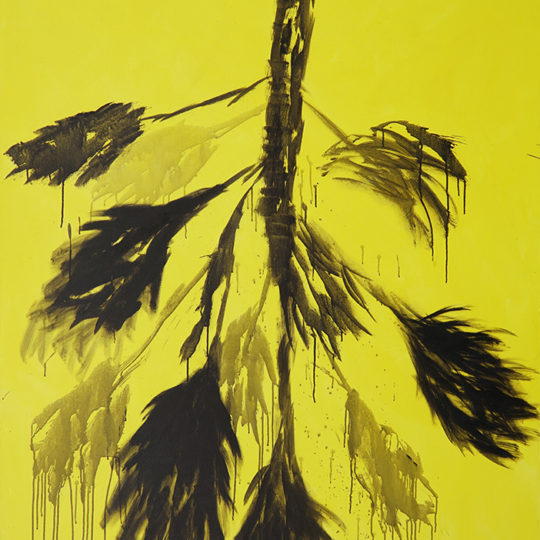
Belajar Melhat Kenyataan #3 (2022)
by I Nengah SujenaAcrylic on canvas, 200 × 145 cm -

Belajar Melhat Kenyataan #2 (2022)
by I Nengah SujenaAcrylic on canvas, 200 × 145 cm -
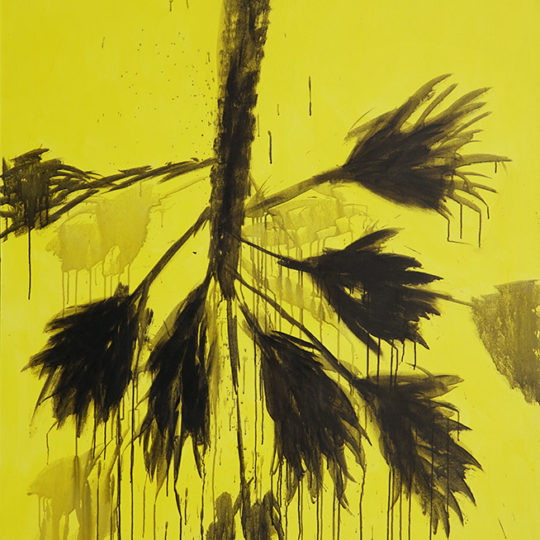
Belajar Melhat Kenyataan #1 (2022)
by I Nengah SujenaAcrylic on canvas, 200 × 145 cm -

Rumah sepi (2022)
by I Nengah SujenaAcrylic on canvas, 150 × 150 cm -
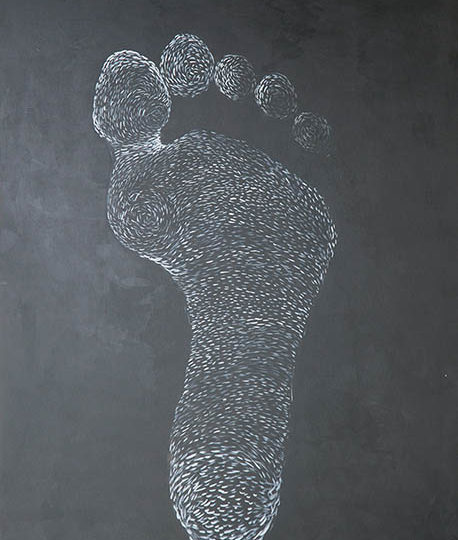
Jejak (2022)
by I Nengah SujenaAcrylic on canvas, 180 × 145 cm -
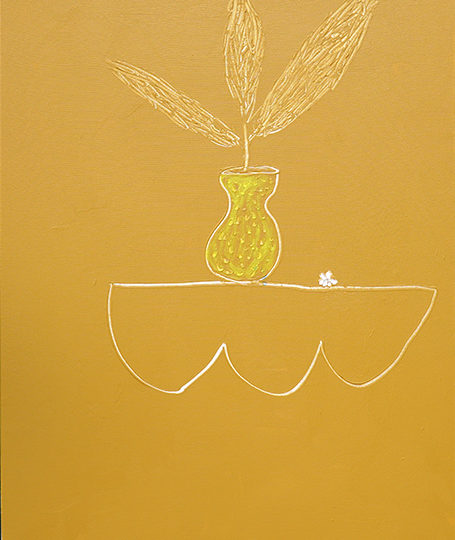 S o l d
S o l d Vas Bunga #1 (2022)
by I Nengah SujenaAcrylic on canvas, 100 × 80 cm -

Menangkap Aza (2022)
by I Nengah SujenaAcrylic on canvas, 144.5 × 200 cm -

Gunung Merah (2022)
by I Nengah SujenaAcrylic on canvas, 140 × 200 cm -

Fokus (2022)
by I Nengah SujenaAcrylic on canvas, 150 × 180 cm

